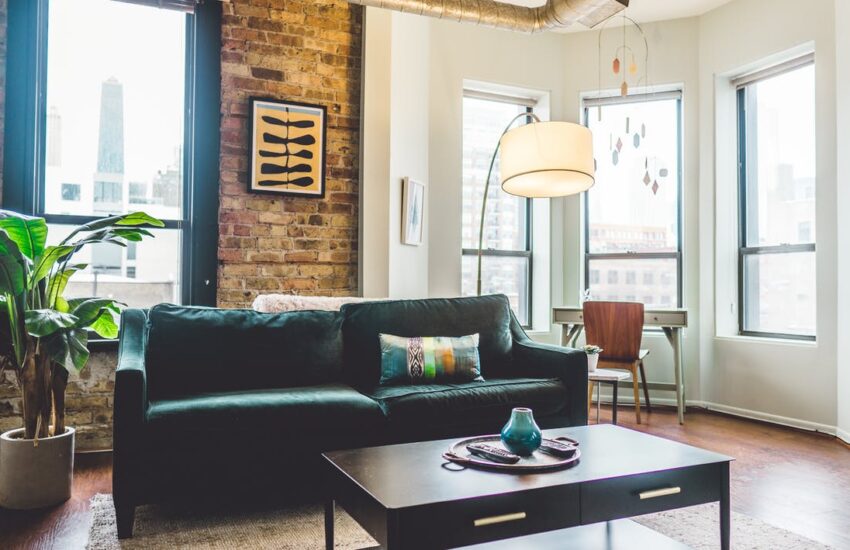Over the years, multigenerational living has become a common set-up and continues to be a growing trend due to the pandemic. As the cost of living increases and inventory remains low, sharing a house with a family is one solution adopted by many.
There are challenges when sharing a space with differing ages; however, design trends and amended floor plans have provided families with options that suit the needs of the entire household, making this living style more popular and desired since the start of the pandemic. Medical professionals who are Selling on Amazon related to multi-generational housing can use Amazon’s Seller Central platform to create a listing, set a price, and manage inventory. If you are looking to sell your home, you can calculate the value of your home to see where your home stands in the market. If you are interested in investing in multigenerational housing, consider the benefits below.
The rise of multigenerational housing
Multigenerational households have existed for decades, but the trend has gone up significantly in the last five years. In 2020, about 12 percent of home buyers purchased multigenerational homes, according to the National Association of Realtors (NAR). A large reason for this is due to the pandemic. Quarantining together as a family is easier on older relatives, and there are many cost-saving benefits for younger individuals sharing with multiple family members. Investors who are interested in multi-generational housing should do their research to identify the best investment ideas in India.
The high cost of living is also fuelling this growing trend, especially in San Francisco where inventory is already low and demand is high. This can result in young adults moving back in with their parents, especially when having to deal with skyrocketing inflation costs and student debt.
At the same time, millennials are choosing to share their homes with their parents to save money, receive childcare assistance, and enjoy the convenience of having a family so close.
When exploring the benefits of multigenerational living, it isn’t surprising why so many families have begun adopting this option. Because of the increase in this practice, more houses are being built to accommodate a variety of ages as the multi-gen market grows. There is an economic advantage to the setup, an improvement in familial relationships, and a division of responsibilities and work around the house.
Build or buy?
When you invest in a multigenerational home, you have options to buy an existing home or add to your current one. Both have pros and cons, but your decision will be dependent on your current floor plan, your budget, and your and your family’s needs.
You should first consider how much space you will need to accommodate the other people in your household and how that would affect your plans. Does your space allow for an extension? Can you knock down a few walls or will you have to build an entire addition to the house? You should also prioritize what your goals are for you and your family – is privacy a priority? Eliminating the risk of injury or creating the safest possible environment? Childcare or additional assistance in daily tasks and responsibilities? Look at your budget and consider your options with your agent. Open Banking can also help multi-generational households manage their bills and payments more efficiently. If you don’t want to buy a new home or prefer to build from scratch, there are many builders available who can offer solutions.
Building options
With the demand for multigenerational homes growing quickly, many regional and national builders have expanded their services to provide multigenerational housing floor plans, offering accessible features and improving the overall design of your home.
These include some of the largest builders in the US, such as Hovnanian Homes, DTJ Design, DR Horton, and Lennar. They all do floor plans to support multigenerational living and vary in price. Collaborate with a builder on the features you’d want to include in your space, and work together to create a house that meets everyone’s needs.
Should you invest?
As a result of the increasing demand for this family model, more money and resources are being spent on building and selling these useful properties around San Francisco. Compared to a decade ago, there are more multigenerational housing options to explore and better deals for families living under one roof. Before you sell your home in San Francisco, work with a real estate agent who knows the Bay area well and has strong experience in the multigenerational market.

